Smoked meatloaf brings a delicious twist to the classic meatloaf recipe by infusing it with rich, smoky flavors. Unlike traditional meatloaf, which is baked in the oven, smoked meatloaf is cooked slowly over wood or charcoal, giving it a unique taste and texture. Whether you’re a meatloaf enthusiast or new to smoking meats, this guide will help you master the art of smoked meatloaf.
For a comprehensive guide on smoking meatloaf, check out The Spruce Eats’ guide. For additional tips and tricks, Meathead’s AmazingRibs is a great resource.
History and Evolution of Meatloaf
Meatloaf has a rich history that traces back to ancient times, evolving significantly over the centuries. Initially, meatloaf was a practical dish created to stretch limited resources, especially during tough economic times. Originating in medieval Europe, the concept of combining ground meat with spices and binding agents was designed to maximize flavor and nutrition from minimal ingredients.
In the United States, meatloaf became a staple during the Great Depression, as families sought affordable, hearty meals. This dish gained widespread popularity in the 20th century, reflecting American ingenuity and adaptability. With the rise of outdoor grilling and smoking, meatloaf recipes began to incorporate these techniques, transforming it from a simple baked meal to a flavorful, smoked delicacy.
The introduction of smoking techniques added a new dimension to meatloaf. By incorporating wood chips and adjusting cooking methods, home cooks and chefs alike discovered ways to enhance the meatloaf’s flavor profile. Today, smoked meatloaf is celebrated for its rich, smoky taste and tender texture, offering a gourmet twist on a classic comfort food.
Key Ingredients for Smoked Meatloaf
To create a mouthwatering smoked meatloaf, selecting the right ingredients is crucial. Here’s a breakdown of the essential components:
- Ground Meat: The foundation of any meatloaf is the type of meat used. A combination of ground beef and pork is ideal, providing a balance of flavor and fat content. Beef offers rich, beefy flavor, while pork adds moisture and tenderness.
- Seasonings: Proper seasoning is key to achieving a flavorful meatloaf. Use salt, pepper, garlic powder, and paprika to enhance the meat’s natural taste. You can also experiment with onion powder, thyme, or rosemary for a more complex flavor profile.
- Binders: To keep the meatloaf cohesive and prevent it from falling apart, incorporate eggs and breadcrumbs. The eggs act as a binder, while breadcrumbs provide structure and help absorb moisture.
- Optional Add-ins: For added flavor and texture, consider mixing in chopped onions, bell peppers, or cheese. Ingredients like fresh herbs or spices can also elevate your meatloaf, allowing you to customize it to your taste preferences.
Using high-quality ingredients and balancing flavors will ensure a delicious and satisfying smoked meatloaf.
Equipment Needed for Smoking Meatloaf
Achieving the perfect smoked meatloaf requires the right equipment. Here’s what you need to get started:
- Smoker Types: Different types of smokers can affect the outcome of your meatloaf. Charcoal smokers provide a robust, smoky flavor, while electric smokers offer consistent temperature control with minimal effort. Pellet smokers are versatile and easy to use, making them a popular choice for many home cooks.
- Essential Tools: A meat thermometer is indispensable for monitoring the internal temperature of your meatloaf, ensuring it is cooked to perfection. Smoker accessories such as wood chips and drip pans are also important. Wood chips infuse the meat with smoky flavor, while drip pans catch excess fat and prevent flare-ups.
- Preparation: Before you start smoking, preheat your smoker to the desired temperature. This ensures that your meatloaf begins cooking immediately and helps maintain a consistent temperature throughout the smoking process.
Investing in quality equipment and understanding how to use it effectively will greatly enhance your smoking experience and the final flavor of your meatloaf.
Preparing the Meatloaf for Smoking
Proper preparation is essential for a successful smoked meatloaf. Follow these steps to ensure your meatloaf is flavorful and perfectly smoked:
- Mix Ingredients: Combine the ground meat with your chosen seasonings and binders in a large mixing bowl. Use your hands or a spoon to mix until the ingredients are evenly distributed. Be careful not to overmix, as this can result in a dense texture.
- Shape the Loaf: Form the meat mixture into a loaf shape, making sure it is evenly thick. This helps ensure that it cooks uniformly. You can also use a loaf pan for a more uniform shape or mold it by hand for a more rustic look.
- Season: Before placing the meatloaf in the smoker, apply a layer of your preferred seasoning or rub. This can include additional spices, herbs, or a glaze for added flavor. Seasoning the exterior of the meatloaf enhances the overall taste and creates a delicious crust.
- Preparation for Smoking: Place the prepared meatloaf on a rack or in a drip pan to catch any drippings. Ensure that the smoker is preheated and ready before transferring the meatloaf inside. Maintaining the right temperature and monitoring the cooking time will help achieve a perfectly smoked meatloaf.
With careful preparation and attention to detail, your smoked meatloaf will turn out flavorful and delicious every time.
Smoking Process and Techniques
The smoking process is crucial for achieving the perfect smoked meatloaf. Here’s a comprehensive guide to ensure optimal results:
- Preheat the Smoker: Begin by preheating your smoker to a consistent temperature of 225°F to 250°F. This low and slow cooking method allows the meatloaf to absorb the smoky flavor without becoming dry.
- Wood Selection: Choose the right wood chips or chunks to complement the meatloaf. Hardwoods like hickory, mesquite, or oak are popular choices. Each type of wood imparts a unique flavor, so select one based on your taste preference.
- Smoking Time: Smoking times can vary depending on the size and thickness of the meatloaf. On average, it will take about 2 to 3 hours to cook a standard-sized meatloaf. Use a meat thermometer to check the internal temperature, aiming for around 160°F for optimal doneness.
- Temperature Control: Maintaining a steady temperature is key to even cooking. Avoid opening the smoker frequently, as this can cause temperature fluctuations. If your smoker has vents or dampers, adjust them to maintain the desired temperature.
- Basting and Glazing: For extra flavor and moisture, consider basting the meatloaf with a marinade or glaze during the smoking process. This can be done every 30 minutes to an hour. A BBQ sauce or a honey mustard glaze are popular options that add a delicious layer of flavor.
- Resting: Once the meatloaf reaches the desired internal temperature, remove it from the smoker and let it rest for about 10 minutes before slicing. This allows the juices to redistribute, ensuring a moist and flavorful meatloaf.
Mastering these smoking techniques will elevate your meatloaf, giving it a perfectly smoky flavor and tender texture.
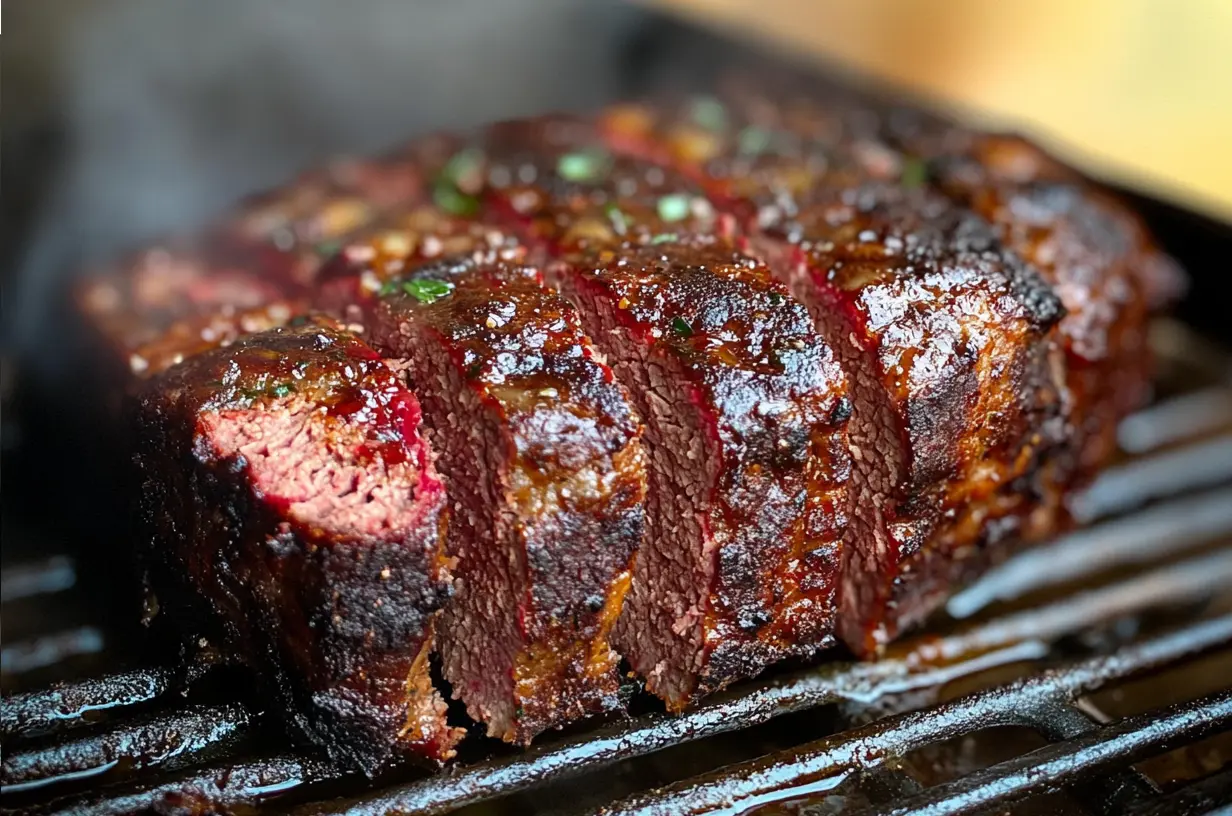
Serving Suggestions and Accompaniments
Serving smoked meatloaf offers numerous delicious possibilities. Here are some ideas to make your meal complete:
- Side Dishes: Complement your smoked meatloaf with classic sides such as creamy mashed potatoes, buttery corn on the cob, or roasted Brussels sprouts. These sides balance the rich flavors of the meatloaf and create a well-rounded meal.
- Salads: A fresh garden salad or crisp coleslaw provides a refreshing contrast to the hearty meatloaf. Adding a tangy vinaigrette or a creamy dressing can enhance the overall dining experience.
- Sauces and Condiments: Enhance the flavors of your smoked meatloaf with a variety of sauces and condiments. Try serving it with BBQ sauce, ketchup, or sriracha mayo for different flavor profiles. A garlic aioli or horseradish sauce can also add a gourmet touch.
- Presentation: For a visually appealing presentation, slice the meatloaf into even portions and arrange it on a platter. Garnish with fresh herbs such as parsley or chives for a touch of color. Serve with your chosen sides and sauces for a complete and inviting meal.
These serving suggestions will enhance your smoked meatloaf experience and make your meal more enjoyable and satisfying.
Common Mistakes and Troubleshooting
Avoid these common mistakes to ensure your smoked meatloaf turns out perfectly every time:
- Dry Meatloaf: One of the most common issues is dryness. Ensure your meatloaf has enough fat and moisture by using a mix of beef and pork. Additionally, avoid overcooking; use a meat thermometer to monitor the internal temperature and remove the meatloaf from the smoker once it reaches 160°F.
- Uneven Cooking: If your meatloaf cooks unevenly, it may be due to an uneven smoker temperature or incorrect placement. Rotate the meatloaf occasionally to ensure even cooking, and check the smoker’s temperature regularly. Ensure the meatloaf is placed on a rack or in a drip pan to allow for even heat circulation.
- Flavor Issues: If the flavor isn’t as expected, it might be due to insufficient seasoning or the type of wood used. Adjust the seasoning to your taste and experiment with different wood chips to find the perfect flavor balance. Basting with a glaze can also enhance the flavor profile.
- Fat Dripping: Excess fat can cause flare-ups and affect the cooking process. Use a drip pan to catch excess fat and prevent it from interfering with the smoking process. This also helps to keep the smoker cleaner.
By addressing these common issues, you can troubleshoot problems and achieve a perfectly smoked meatloaf every time.
Popular Variations of Smoked Meatloaf
Explore creative variations to make your smoked meatloaf even more exciting:
- BBQ Meatloaf: Infuse your meatloaf with a smoky BBQ flavor by adding BBQ sauce to the meat mixture and basting it with more sauce during smoking. This variation offers a sweet and tangy taste that’s perfect for BBQ lovers.
- Italian Meatloaf: Give your meatloaf an Italian twist by incorporating Italian seasoning, grated Parmesan cheese, and marinara sauce. Top with additional cheese during the last 30 minutes of smoking for a deliciously cheesy crust.
- Spicy Meatloaf: For those who enjoy a bit of heat, add chili flakes, jalapeños, or hot sauce to the meat mixture. This variation brings a spicy kick that complements the smoky flavor of the meatloaf.
- Stuffed Meatloaf: Create a stuffed meatloaf by filling it with cheese, spinach, or mushrooms. Roll the meatloaf around the filling and smoke it as usual. This adds an extra layer of flavor and makes for a visually impressive dish.
Experimenting with these variations allows you to customize your smoked meatloaf to suit different tastes and preferences.
Nutritional Information and Health Considerations
Understanding the nutritional information and health considerations of your smoked meatloaf helps you make informed choices:
- Basic Nutritional Breakdown: A standard serving of smoked meatloaf contains essential nutrients such as protein, fat, and calories. Typically, a serving of meatloaf provides about 20-25 grams of protein, 15-20 grams of fat, and approximately 300-400 calories, depending on the ingredients used.
- Healthier Versions: To make a healthier version, consider using lean ground meats like turkey or chicken. Reducing the amount of added fat and incorporating vegetables can also boost the nutritional value. Opt for whole-grain breadcrumbs and use less salt to reduce sodium content.
- Dietary Restrictions: For those with dietary restrictions, such as gluten intolerance, use gluten-free breadcrumbs or alternative binders. If you are following a low-fat diet, choose leaner cuts of meat and reduce the amount of added fat. Plant-based meatloaf options can be used for a vegetarian or vegan diet.
By considering these nutritional aspects and making adjustments, you can enjoy smoked meatloaf as part of a balanced and healthy diet.
FAQs About Smoked Meatloaf
Here are answers to some frequently asked questions about smoked meatloaf:
- What type of meat is best for smoked meatloaf?
- The best meat for smoked meatloaf is a combination of ground beef and pork. This blend provides the right balance of flavor and fat, resulting in a juicy and flavorful meatloaf.
- How long does it take to smoke meatloaf?
- Smoking meatloaf typically takes about 2 to 3 hours, depending on the size and thickness of the loaf. Use a meat thermometer to check for an internal temperature of 160°F to ensure it is fully cooked.
- Can I make smoked meatloaf ahead of time?
- Yes, you can prepare and smoke meatloaf ahead of time. Once smoked, allow it to cool, then store it in the refrigerator for up to 3 days. Reheat it in the oven or microwave before serving. You can also freeze the smoked meatloaf for longer storage.
These FAQs provide quick answers to common questions, helping you achieve the best results with your smoked meatloaf.
Conclusion
Smoked meatloaf offers a delectable twist on a classic dish, bringing together rich, smoky flavors and tender texture. By mastering the smoking process and experimenting with different variations, you can create a meal that’s both satisfying and impressive. From selecting the right ingredients to perfecting your smoking technique, this guide provides all the information you need to make a delicious smoked meatloaf.
For ideas on what to serve with your smoked meatloaf, check out these great side dishes that will complement your meal perfectly. If you’re also curious about the health aspects of meatloaf, you might find this guide on making a healthier meatloaf useful.
Don’t hesitate to share your smoked meatloaf creations with friends and family. Enjoy the process and savor the fantastic results of your culinary efforts!


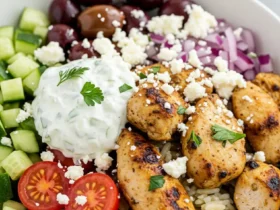


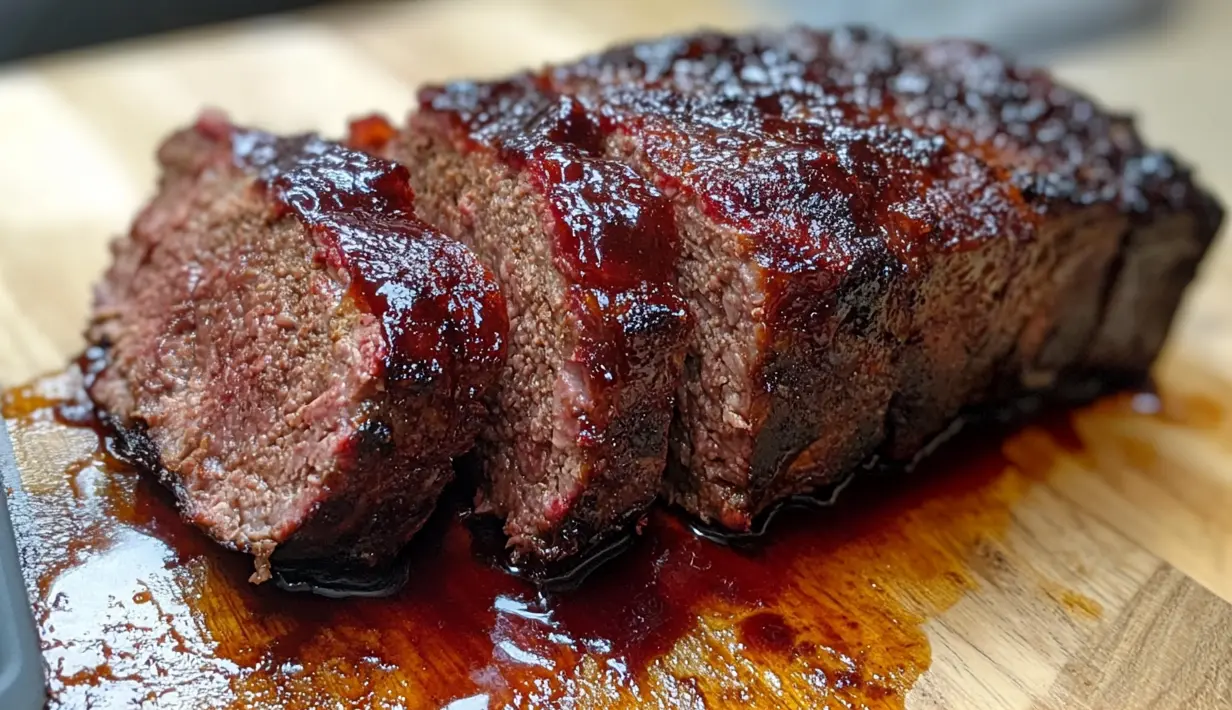

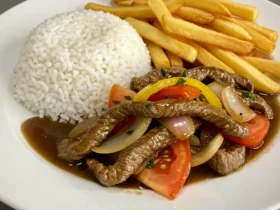
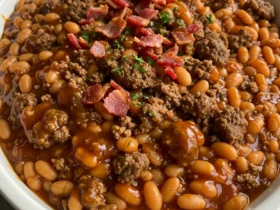


Leave a Reply